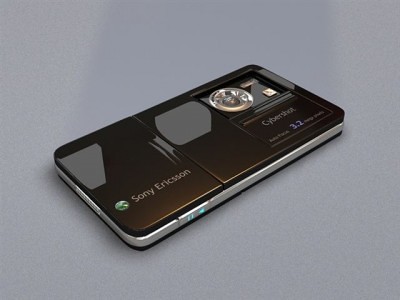Augmented Reality
Thomas Menguy | December 17, 2006After the TomSoft post : TomSoft » Augmented Reality: Total Immersion moving on CellPhone?
I’ve spent a little time digging in YouTubes to get some Augmented Reality Videos…and wow, the status of this technology is now just amazing and Total-Immersion seems to be leading edge (cocorico!). They will expose something new in Barcelona (hey Guilhem!, go and see those guys!).
Possibilities are endless, from marketing, to user manual, tourism, etc…I’m really impressed by the frollowing examples, I’m curious to know the MIPS use of such technology.
Some real use of augmented reality:The future of online shopping
A Game running on the now defunct Gizmondo Portable Game Sytem:
The one from tomSoft…great
Video: Total Immersion – On10
Alien is back!
Amazing how smooth is the tracking:
Space Sport…



















